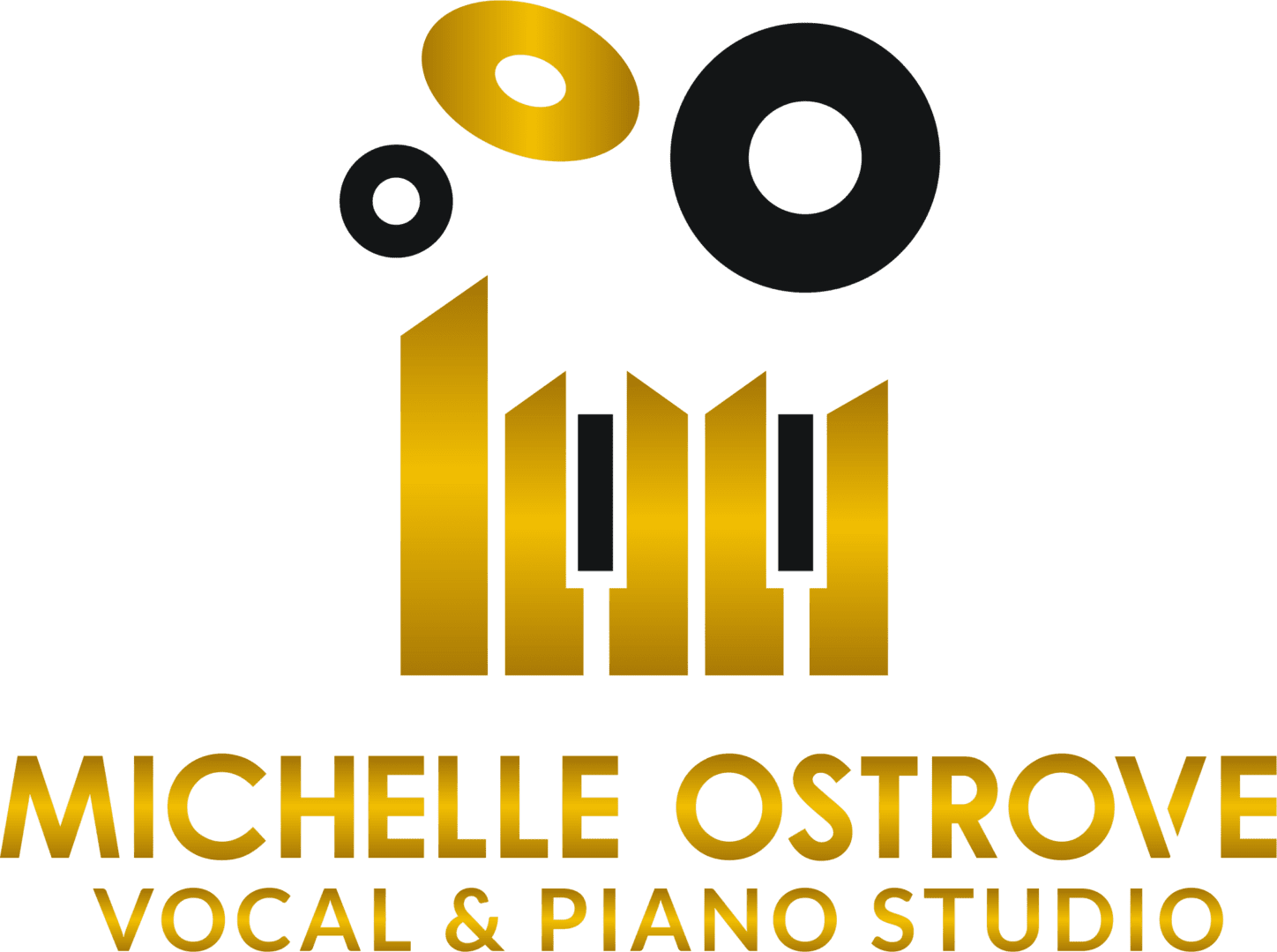Explore the Michelle Ostrove Blog
Your stylistic choice will determine your phrasing. Your ultimate goal is to be able to sing and play the song the way you feel the song. This gives you the ability to communicate the song and evoke those feelings to your listeners The voice is one of the most expressive instruments. Good musical phrasing and shaping of the words create a very unique sound. What does it mean to phrase each line? It means the singer is shaping each word,…
Read MoreHow do you create a more powerful singing voice hitting those lower notes? Understanding how the lower register (chest voice) works and using good breath and diaphragm support will help you sing with power in the lower range. When you sing in your chest voice, your vocal folds (cords) thicken up. The thicker the vocal folds, the fuller the sound. As you inhale, your breath pressure comes under the vocal folds causing the vocal folds to vibrate. If there is…
Read MoreThere is one simple way to instantly improve you singing voice! It has to do with whether your jaw is open or almost closed. Yes, many people sing with their jaw almost completely closed! Here is an exercise that will help you to instantly sound better when you sing. In front of a mirror, say the vowel sounds A-E-I-O-U and watch your jaw movement. Notice your jaw, did it close on any of the vowel sounds? Now place your index…
Read MoreWhat is cut time? What does a cut time look like and how do you count cut time when playing the piano? The cut time signature looks like 2/2 or a “C” with a vertical slash (see the picture below). Cut time is also known as “alla breve.” Cut common time, common time is 4/4 time signature cut in half to 2/2 time signature. It is cut to manipulate the tempo and rhythm when you play for sing a song.…
Read MoreDo you get performance anxiety whenever you sing or play piano in front of an audience? This can be difficult if you make your living on stage. Some of the most famous singers and musicians suffer from performance anxiety. Step #1, practice, practice, practice and know your material well. Practicing daily is an important key element of preparation. Sometime anxiety can come from lack of belief in your own abilities. By practicing thoroughly will help to bring down your anxiety…
Read MoreBel Canto singing is an operatic style of singing that originated in Italy. It began with polyphonic or multipart style music and Italian courtly soloists in the 16th century. Later in the 17th, 18th and 19 centuries it was used to develop Italian opera! Bel Canto is Italian for “beautiful singing.” This style of singing requires amazing breath control in order to sustain long, legato phrases. These phrases are sung smoothly and connected. In the Bel Canto Opera, the singer…
Read MoreTo strengthen a weak voice is not an easy fix. It’s just like working out at the gym, it takes time to build up strength and work out your muscles in the throat, ribcage, diaphragm and stomach. There are many reasons why a singer has a weak voice. Let’s get back to the basics and start working on strengthening your singing voice. If you wanted to tone up your body and get it into shape, what would you do? You…
Read MoreNatural Sign: ♮ A natural sign (♮), looks like an L attached to a 7. What the natural sign does is cancel out the effect of a sharp or flat. It almost looks like a sharp sign but the line on each side is shorter. The space in the middle of the sign is placed on the line or space of the note it represents. If a note is in F sharp (F#), a natural sign will bring it back…
Read MoreWhat is vocal technique? Good vocal technique is comprised of many things. Singing with good technique deals with your tone, the way you express the lyrics, identifying and putting your emotions into the song, beauty of your voice, musicality and expression. Those are the broad areas of vocal technique. As you break it down, good vocal technique is about warming up properly. Proper posture is very important to maintain good technique. Relaxing the throat and having the ability to control…
Read MoreEvery singer wants to increase their vocal range, and hit those high notes. There are different ways that you can to sing the high notes: falsetto (light), mixed voice (also called belting), staccato (short and detached), with vibrato (bouncing back and forth on a note). Each variation creates a different sound and feel for the song. When you sing high notes with a mixed voice you will produce a chest and head register sound. When you hit those high notes…
Read More








